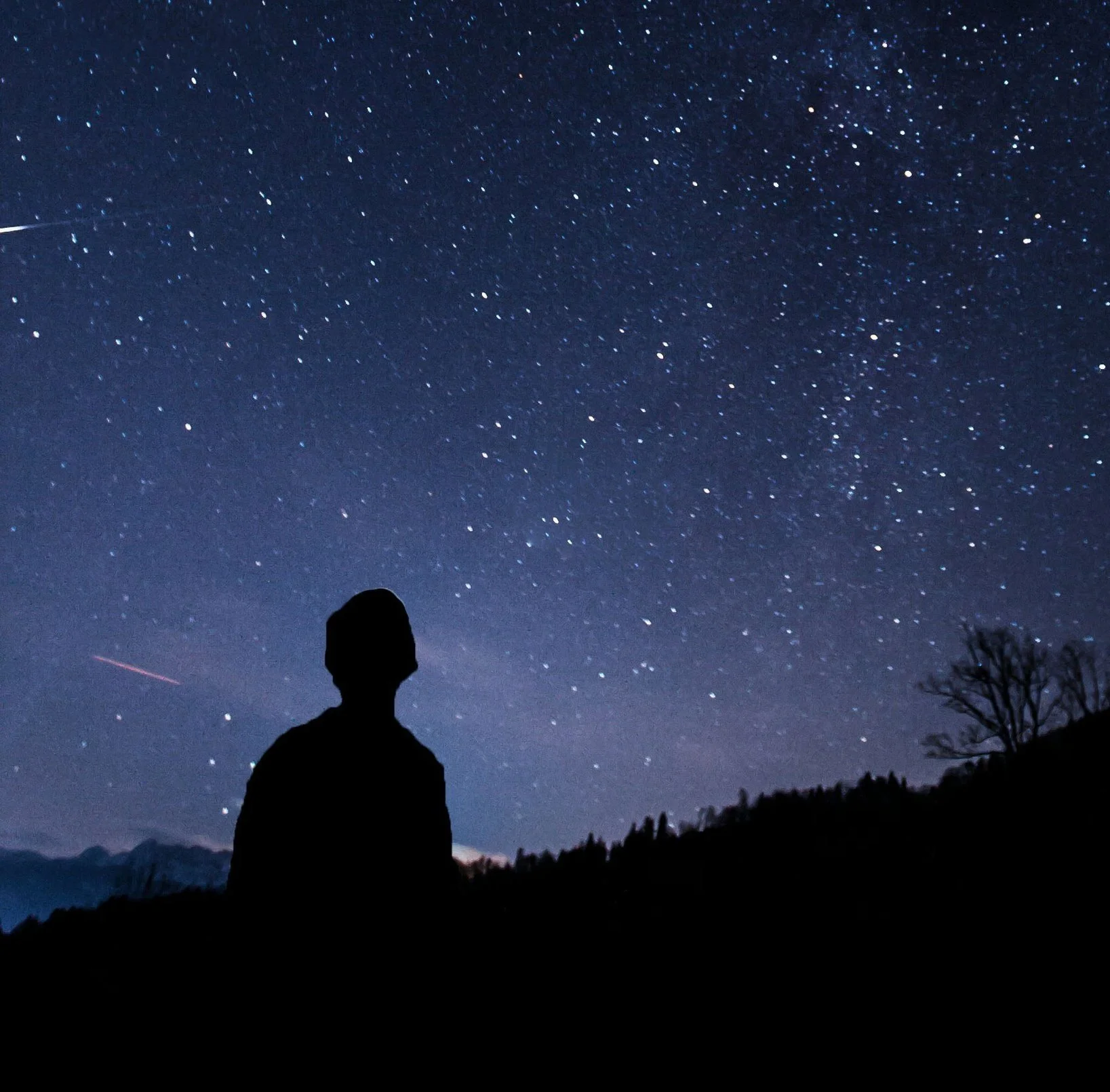The Night Sky
To look to the night sky and wonder about our place in the universe is part of being human and always has been. The oldest texts known to the human race frequently allude to stars, the movement of heavenly bodies, and the splendor of the heavens. And so, too, does our contemporary media. Newspapers, social media posts, and radio stations inform us of the Aurora Borealis, the appearance of new comets, the conjunctions of planets, and eclipses of the moon. Sadly, that is most often where it ends. We learn about celestial events indirectly, but due to light pollution, most of us cannot witness these spectacular events with our own eyes.
Nearly 80 percent of the people in North America cannot see the Milky Way, and if people in the Washington area want to see it, or witness a meteor shower, or show their children the constellations, they first need to spend the better part of a day in a car.
Residents of the city of Flagstaff, Arizona, for instance, can see the Milky Way. A combination of voluntary measures, changes in city lighting protocols, and municipal ordinances have kept the Flagstaff nights dark. So much so that when comets Hale-Bopp and Hyakutake appeared in the skies over Arizona, more than 140,000 visitors came to see them at the Flagstaff visitor’s center.
Could we do the same in the District of Columbia? We certainly could. Each of us have the power to turn off lights we don’t need. To use shields, timers, motion detectors, and dimmers. And when possible, warmer bulbs. If we do so, we can all have our own planetariums right outside our front doors.





